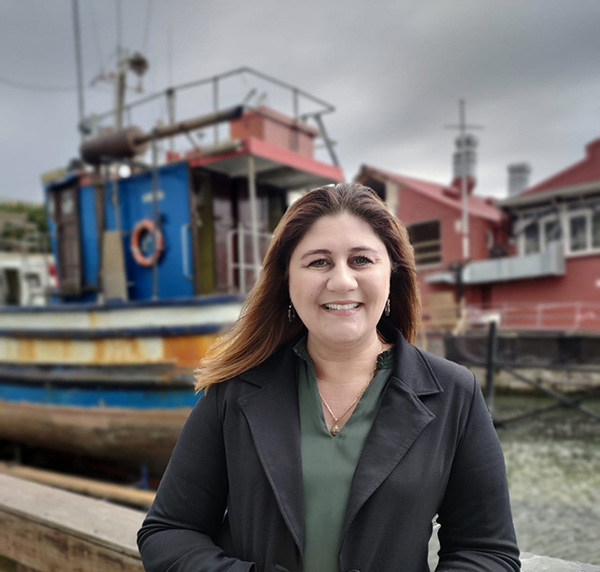
If you were to guess what imported goods are most likely to be stolen, expensive electronics and sports cars might be the first types of cargo to come to mind. But would you believe that hair extensions are among the most “popular” insured items that get targeted by thieves and hijackers in South Africa?
This is according to Marika van Rhyn, Hollard Marine’s Senior Business Development Manager, who says there is “a big demand” for hair extensions, wigs, braids, and weaves in the South African illicit trade market.
Coal used to be referred to as black gold, but in today’s world with its focus on green and renewable energy, the new “black gold” appears to be hair extensions and in particular those imported from India and Brazil.
Estimates show the global hair extension industry is very large – and very lucrative. The market is estimated to be worth more than 2.35BN USD globally and growing, on average, 11% a year – and it’s projected to expand even further in years to come. South Africa is no exception, where the value of imports of hair extensions has increased a whopping 64% over the past 4 years.
“There are various types of hair extensions –human, synthetic and even animal hair products – and they are mainly imported from China, Brazil, Mozambique and India,” explains Van Rhyn.
“But why is it so expensive? The hair must be sourced, cut, trimmed, soaked, and stained. It’s quite a time-consuming process and a very manual process. Then there is the shipment and storage cost and, of course, the insurance premium – all of which contribute to the final delivery price.”
She adds, “There has been such an increase in demand for hair extensions in South Africa that the theft of extensions is becoming more and more frequent. Once stolen, it is easily sold illegally and is very fast-moving. Large volumes of these hair products also get stored before being distributed, so there is a higher risk of fire due to the accumulation of stock. Other risk factors are water damage and contamination.”
Because of the many risks involved and the high demand, she explains, hair extensions and similar “dry hair” products make up a significant proportion of marine insurers’ claims.
Marine insurance is widely regarded as the oldest form of insurance in the world, dating back to the transport of goods in Europe during the Middle Ages, but some of the unusual shipping trends show this age-old industry is adept at keeping up with the times.
Van Rhyn and her Hollard Marine colleagues have encountered offbeat insurance requests for commodity types such as pig vaccines, shop mannequins – and even live snails.
She says the shifting trends in the South African marine insurance industry reflect what the country is experiencing or needs at any given time – including insuring “Gogo’s irreplaceable antique table” when shipping household contents.
“During the early months of the COVID-19 pandemic, there was an increase in PPC equipment coming through. Lately, there has been an increase in imports of solar energy panels – since we are experiencing problems with power supply – as well as of motor vehicles and specific types of antibiotics. There has also been an increase in insurance requests for the transport of cannabis for medical purposes,” she says.
There are many different dimensions to marine insurance cover, which can make it a tricky concept to grasp. The loss of cargo or a hull, the reasons for the loss and the place of the loss – and, most importantly, the amount that needs to be settled – are the main areas that a marine underwriter focuses on, she explains. Knowledge is key and all elements need attention to ensure that commodities are underwritten and priced accordingly.
Although it is a complex field, marine insurance is an essential ingredient in the logistics chain and assessing the risk associated with moving goods between ports – as well as by air, road, and rail – is a fascinating job, says Van Rhyn.
“The different types of marine insurance and the scope of cover are what make marine insurance so intriguing,” she notes. “Given the global character of marine insurance, although it is the oldest form of insurance, it remains one of the most interesting classes of insurance, continually responding to the ever-changing risk landscape. Here today and for many tomorrows.